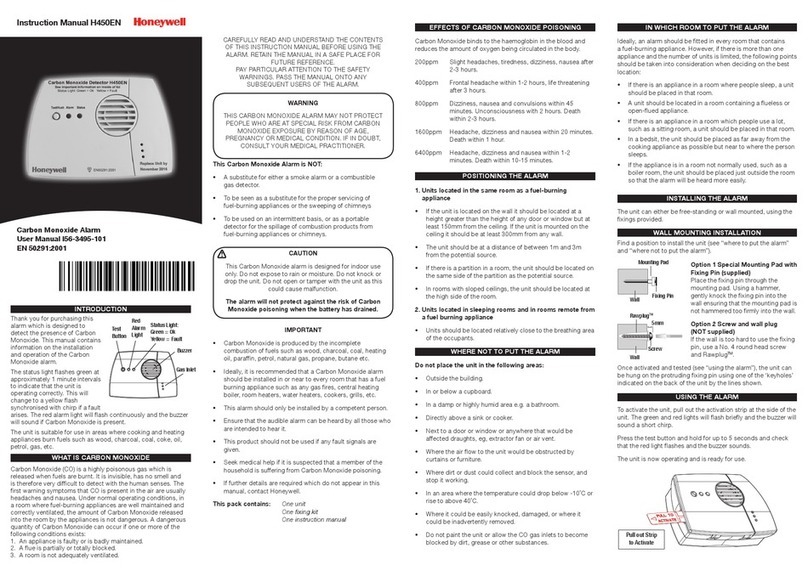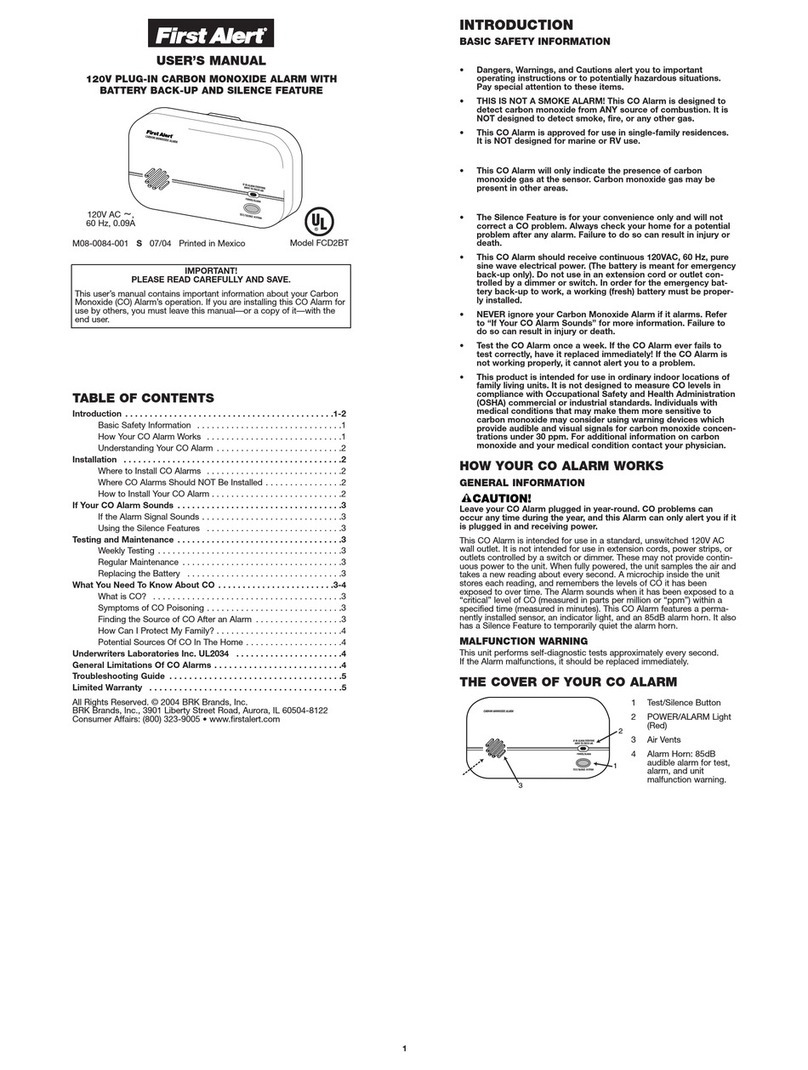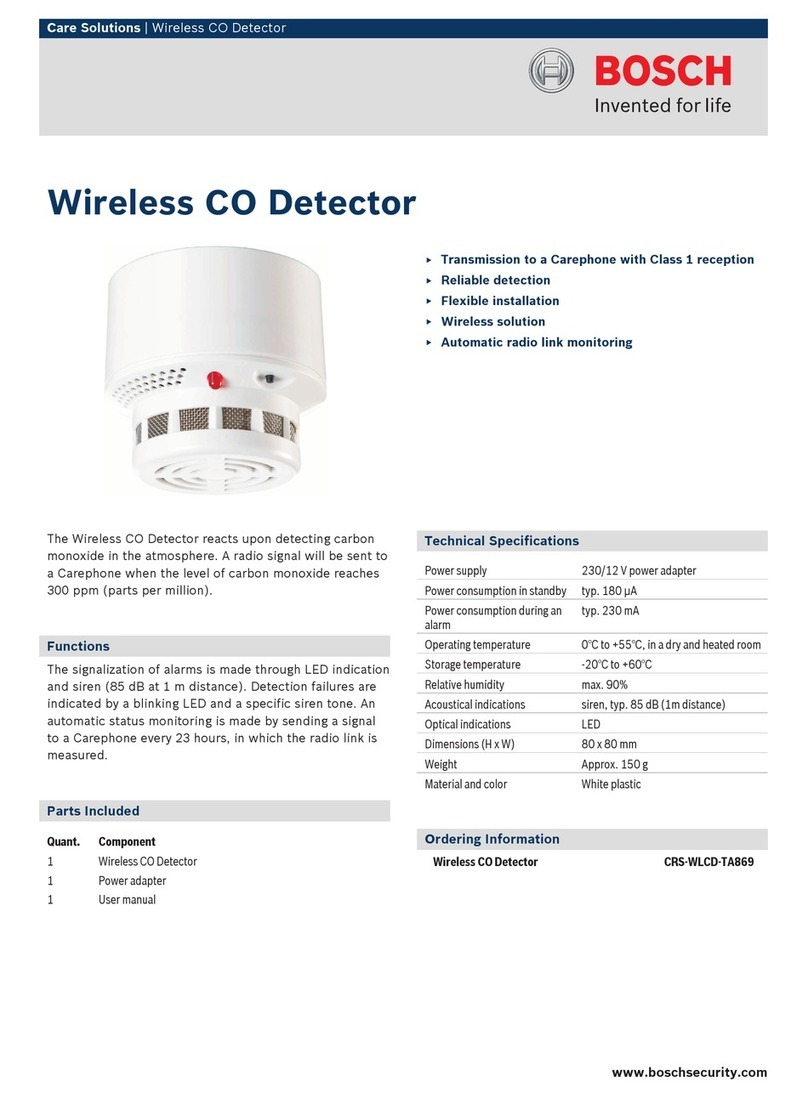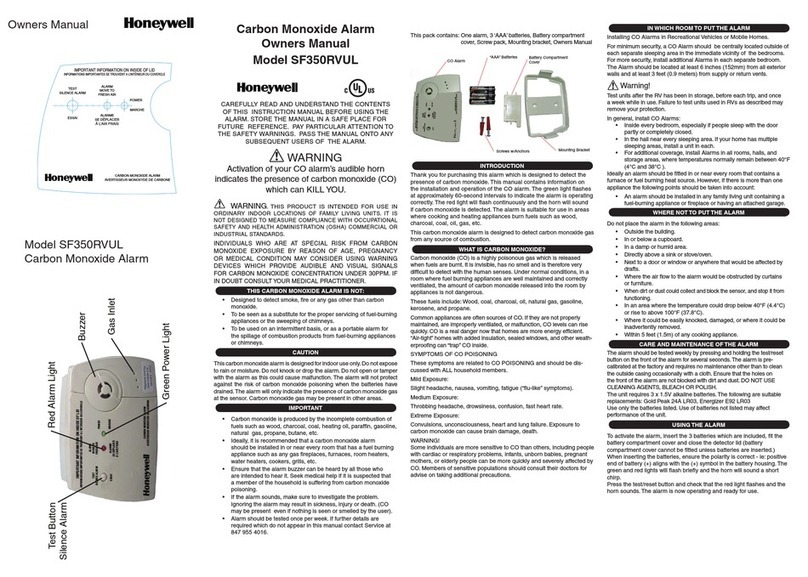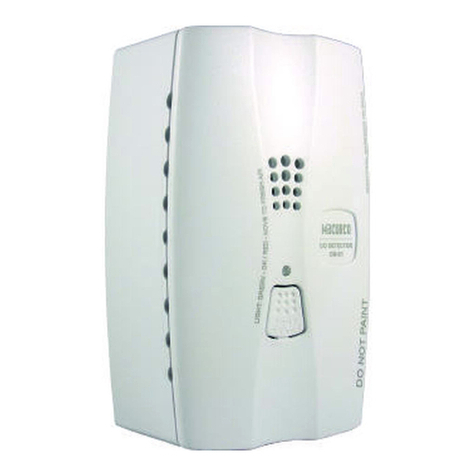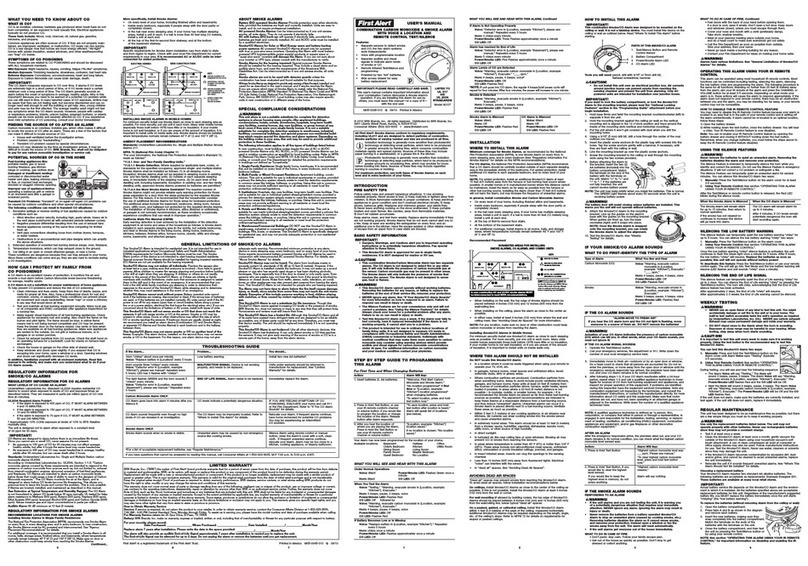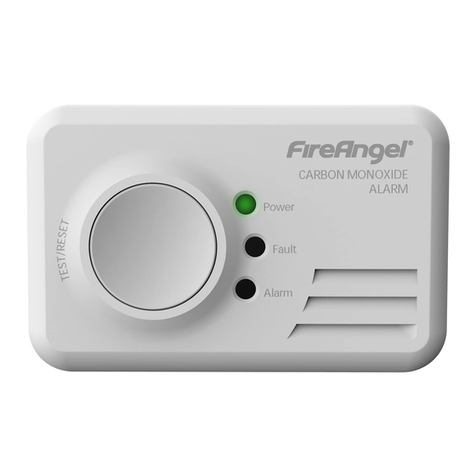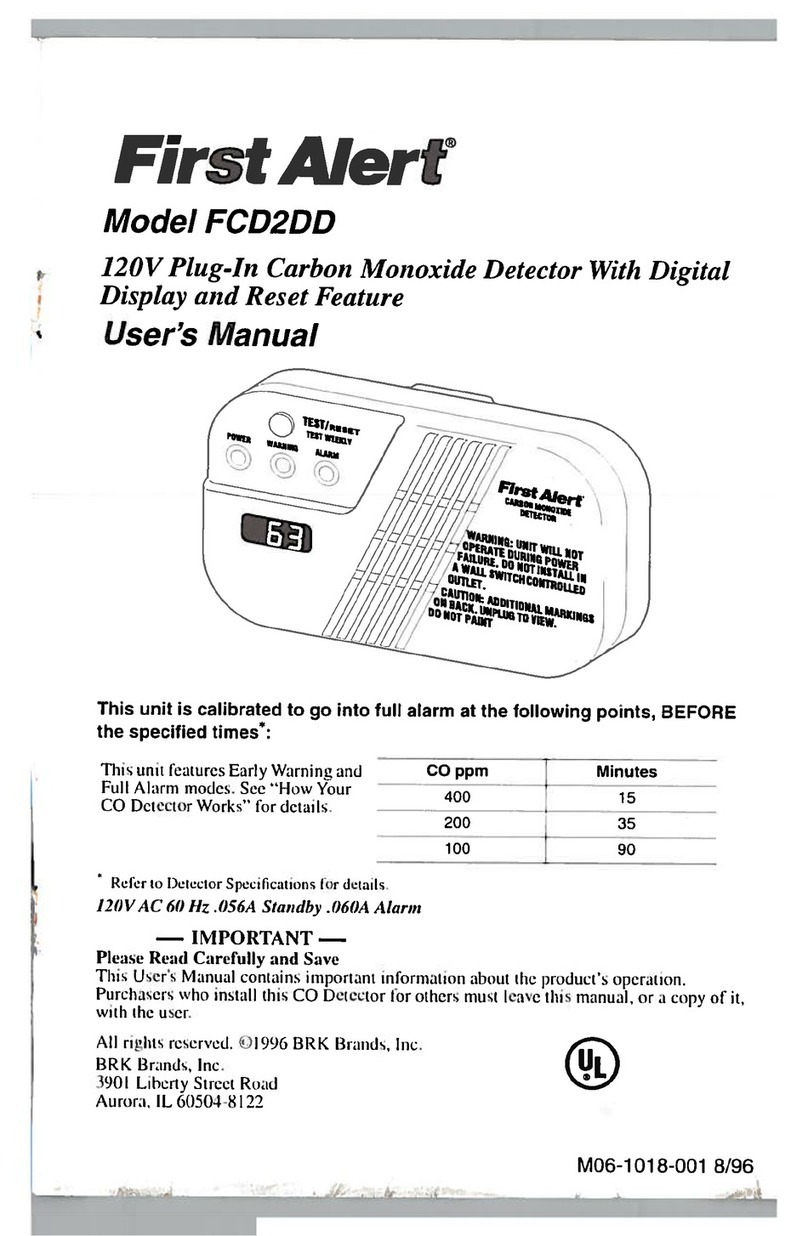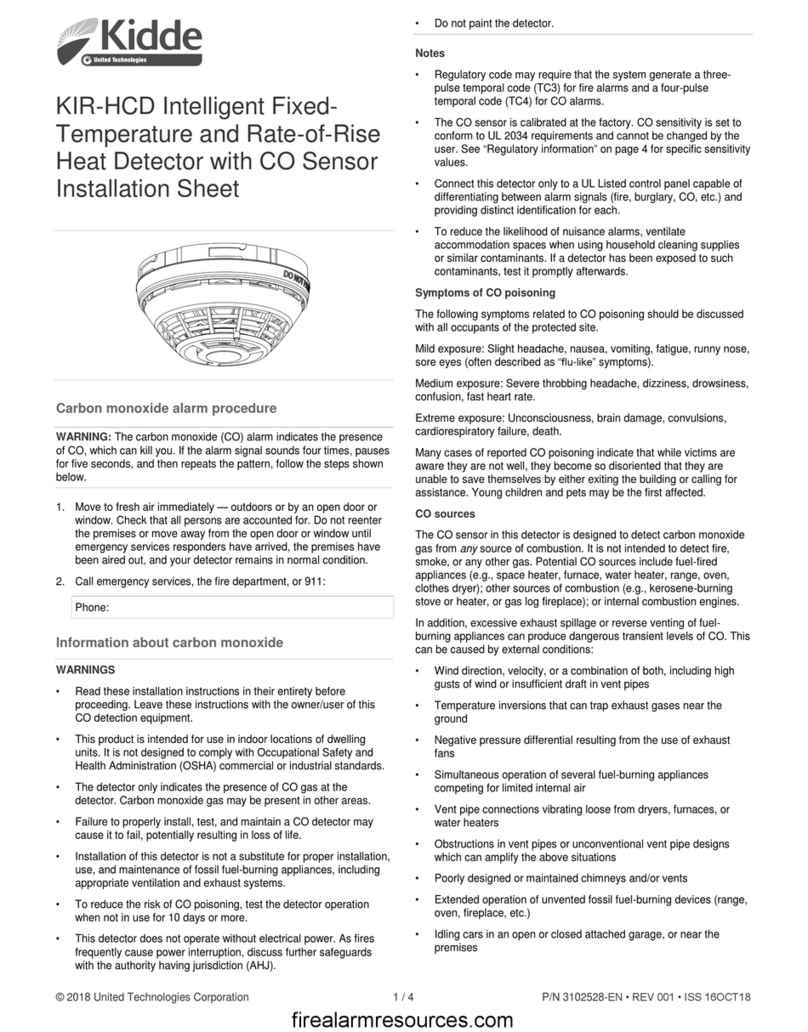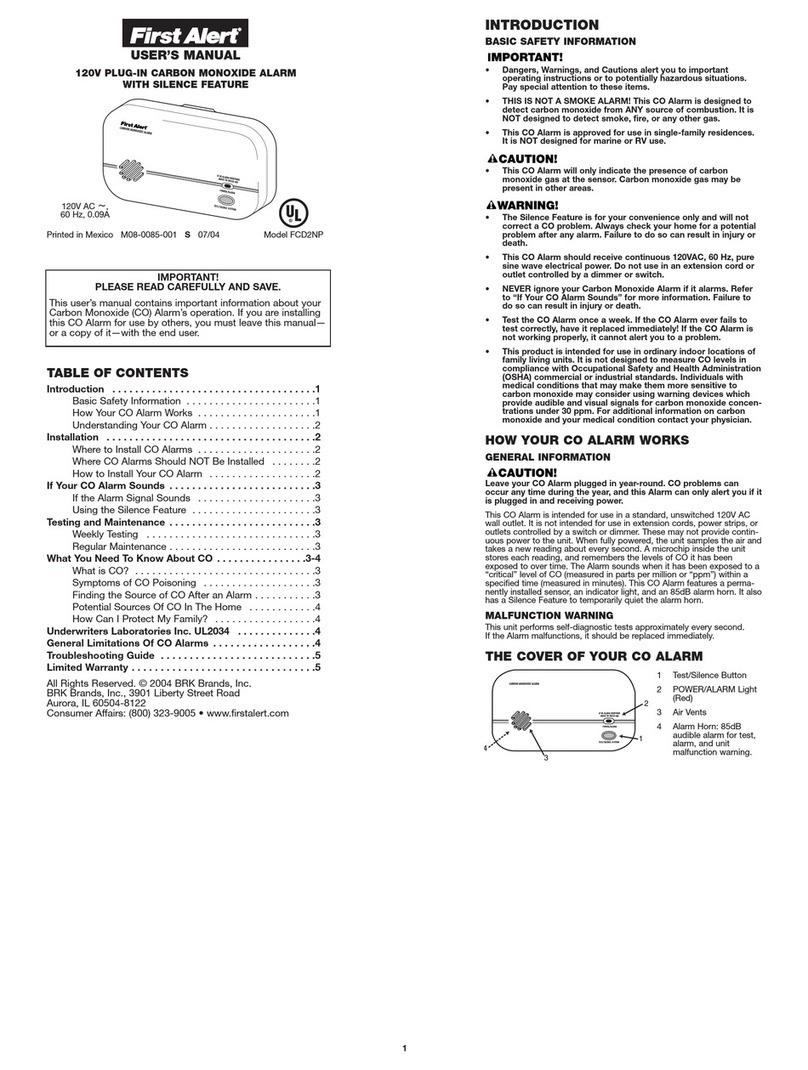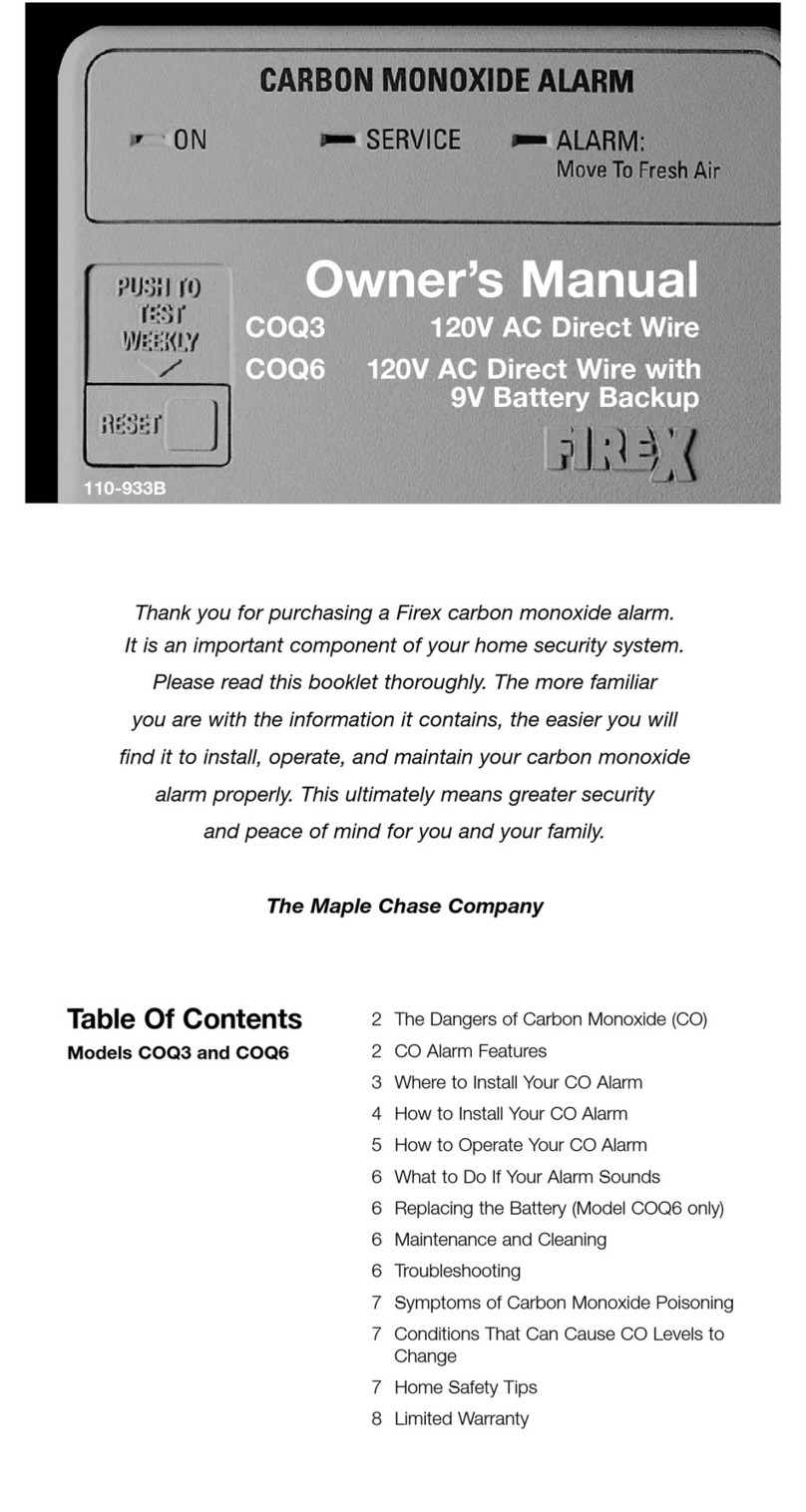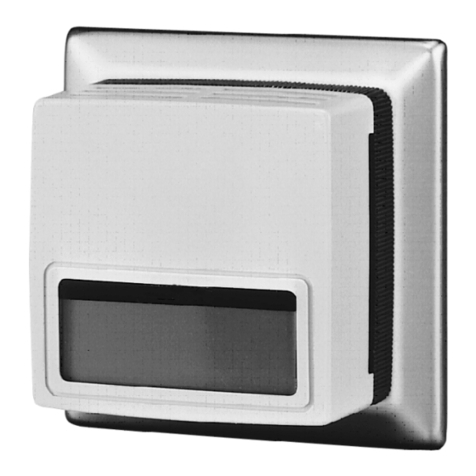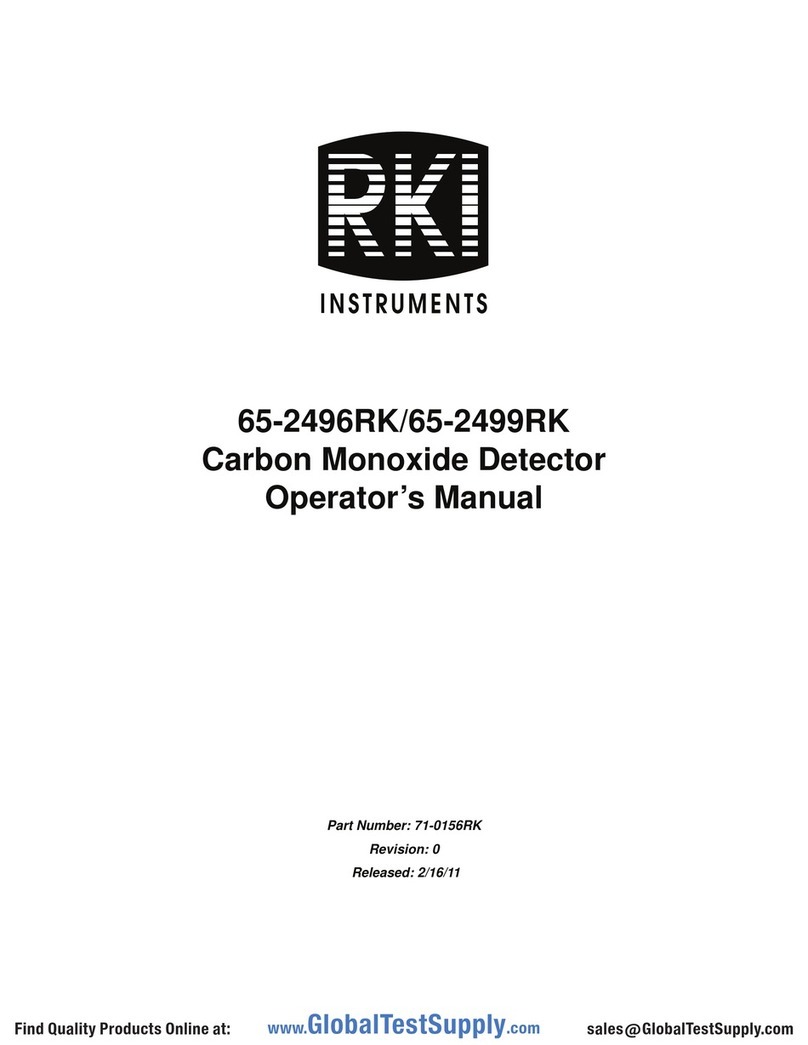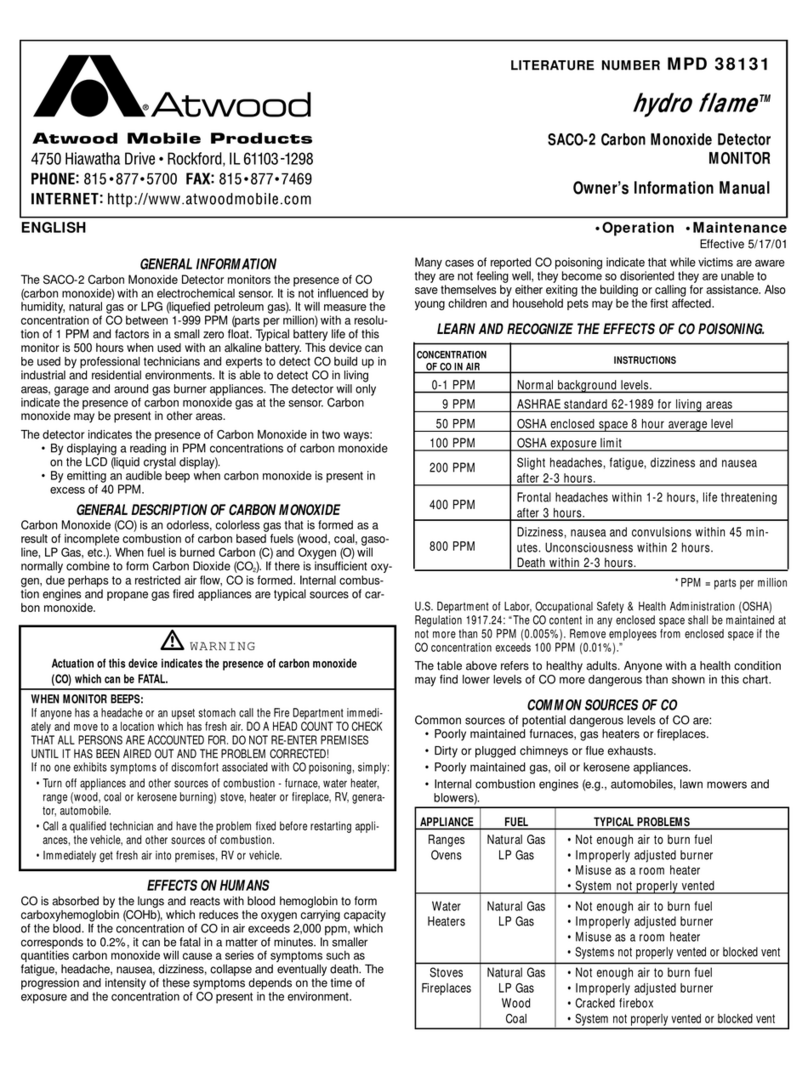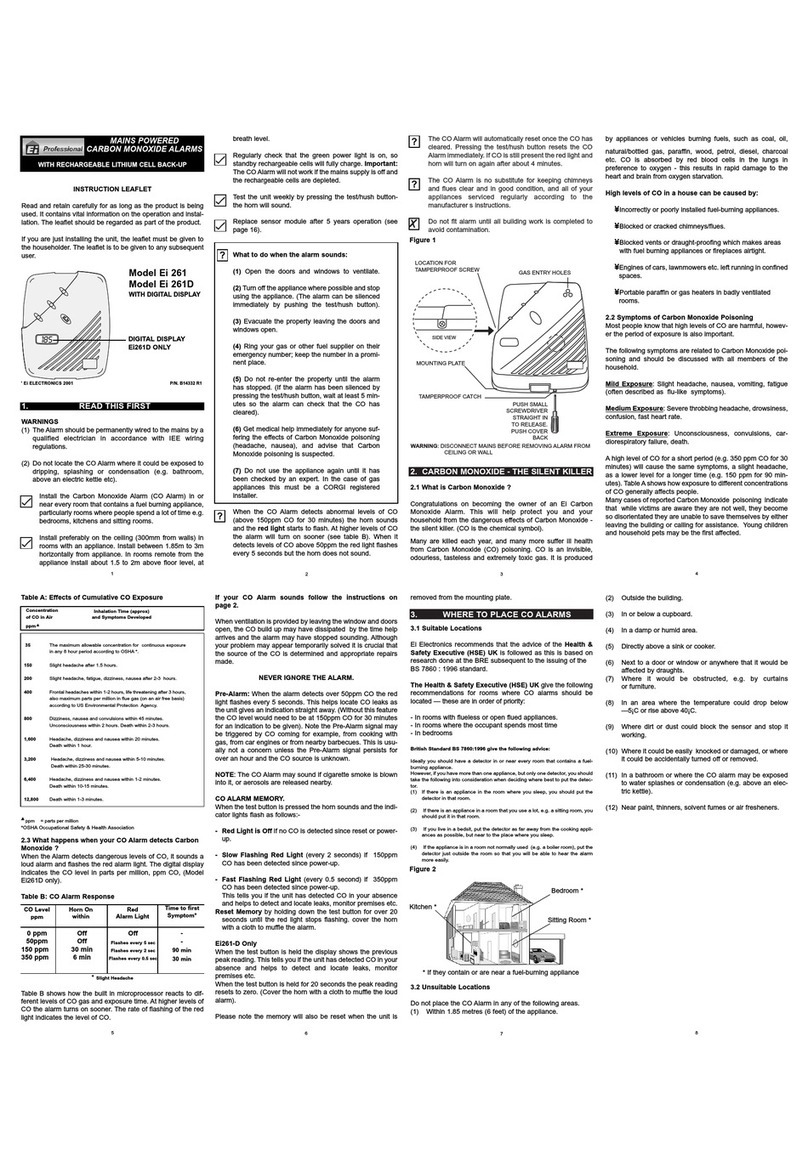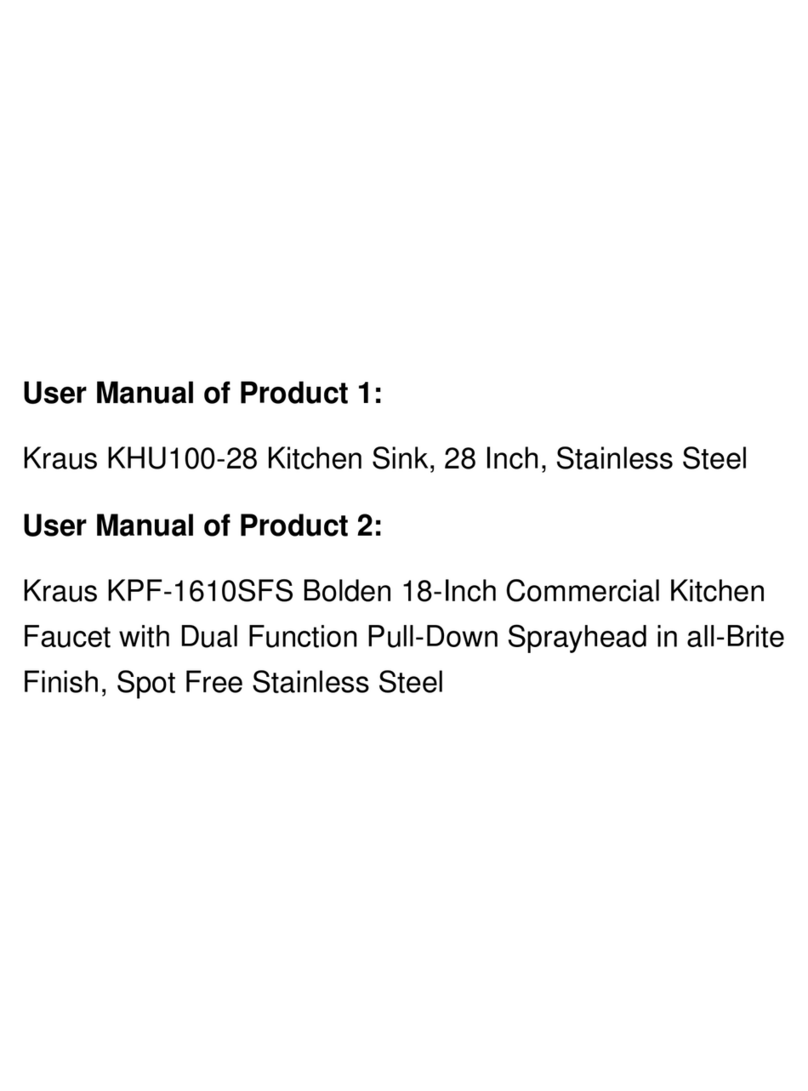Sierra Monitor Corporation Gas Sensor User manual
Other Sierra Monitor Corporation Carbon Monoxide Alarm manuals
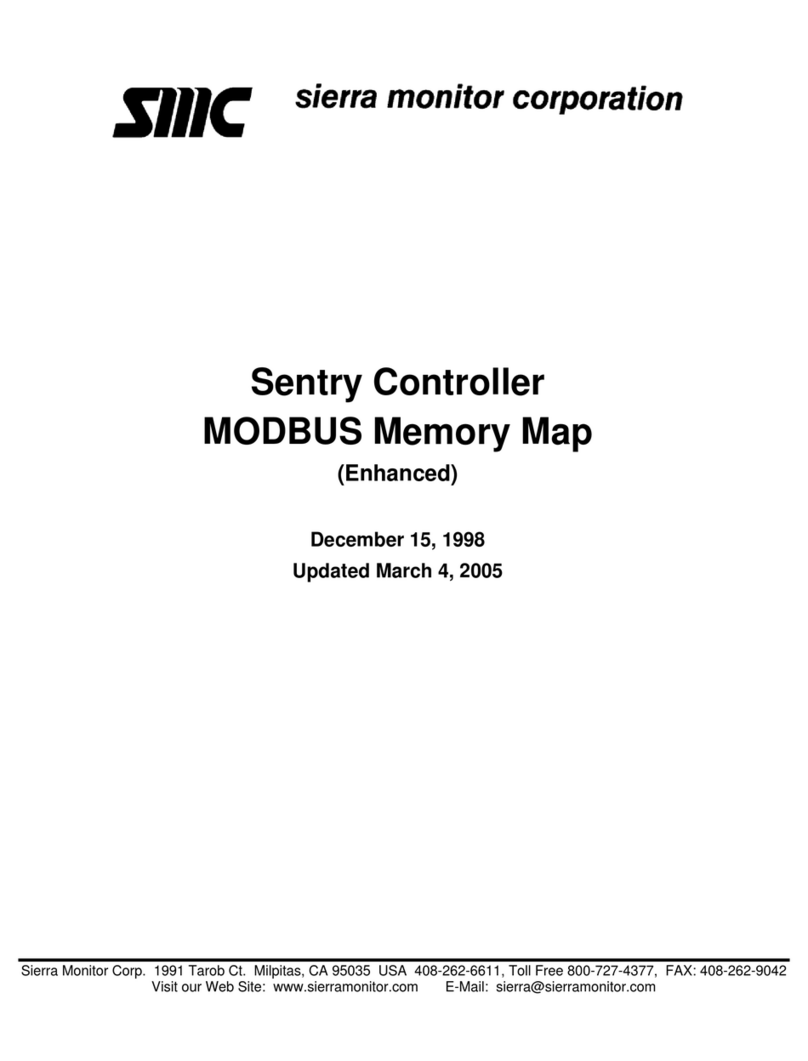
Sierra Monitor Corporation
Sierra Monitor Corporation Sentry Controller Gas Detector User manual

Sierra Monitor Corporation
Sierra Monitor Corporation TR-002 User manual
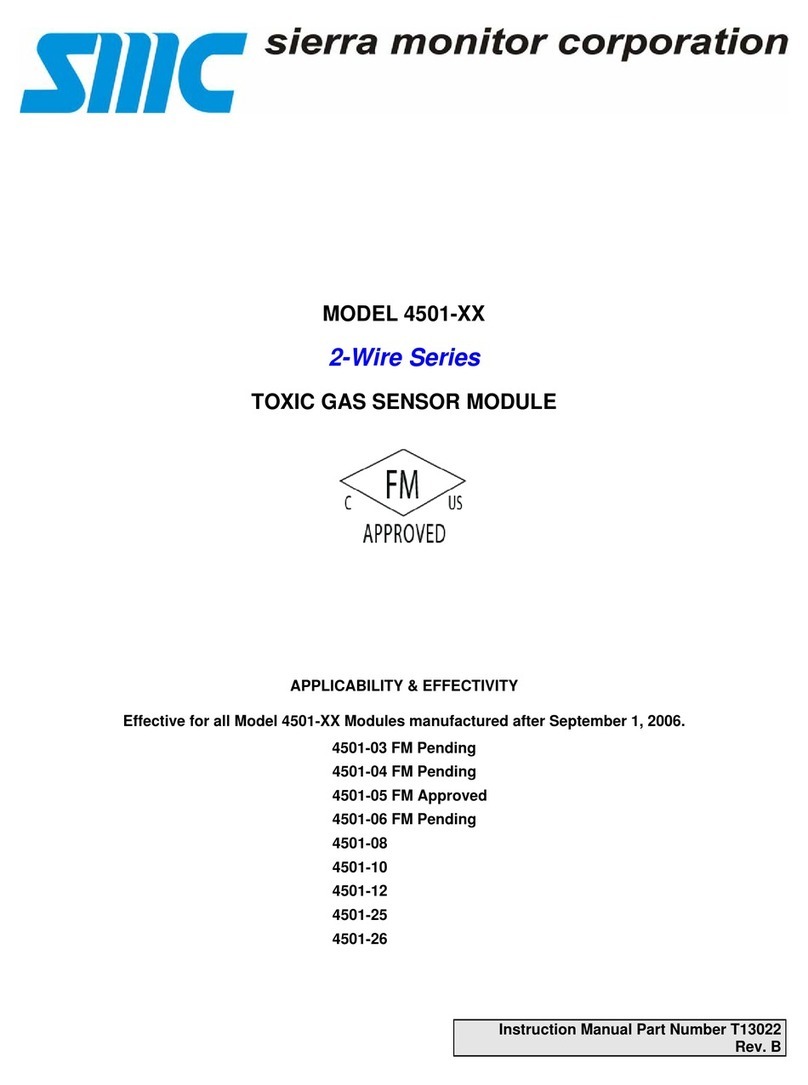
Sierra Monitor Corporation
Sierra Monitor Corporation 2-Wire Series User manual
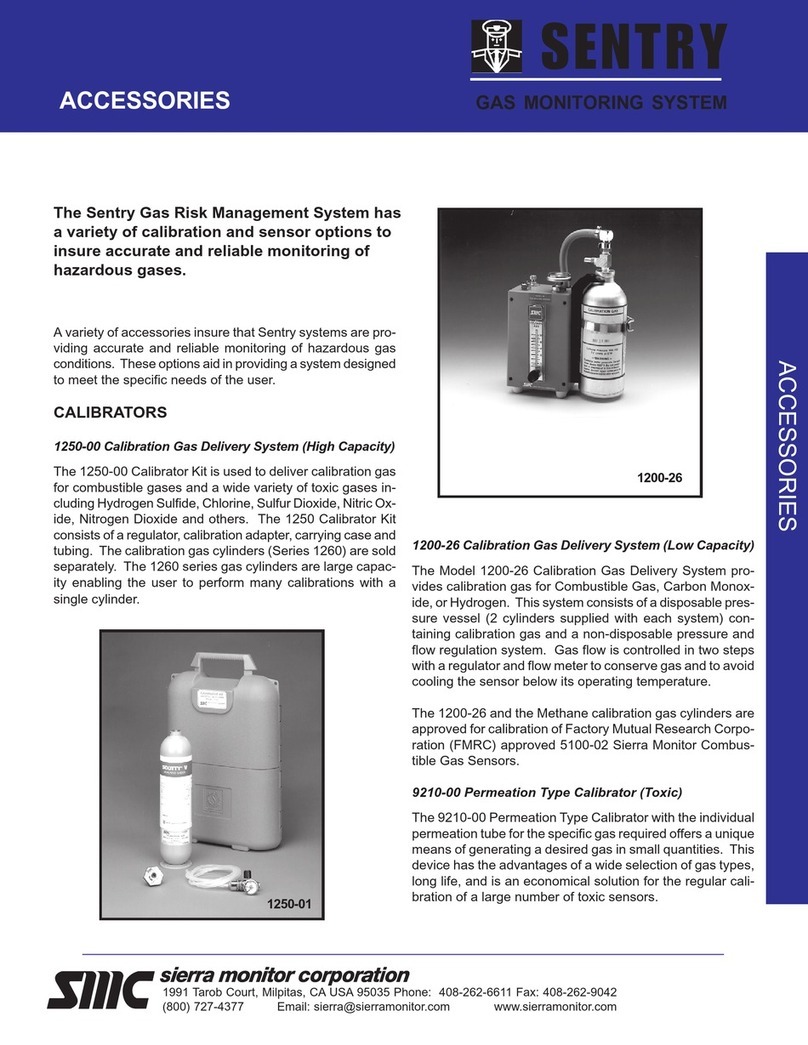
Sierra Monitor Corporation
Sierra Monitor Corporation Sentry 1200-26 User manual

Sierra Monitor Corporation
Sierra Monitor Corporation Sentry 5100 Series User manual

Sierra Monitor Corporation
Sierra Monitor Corporation TR-001 User manual
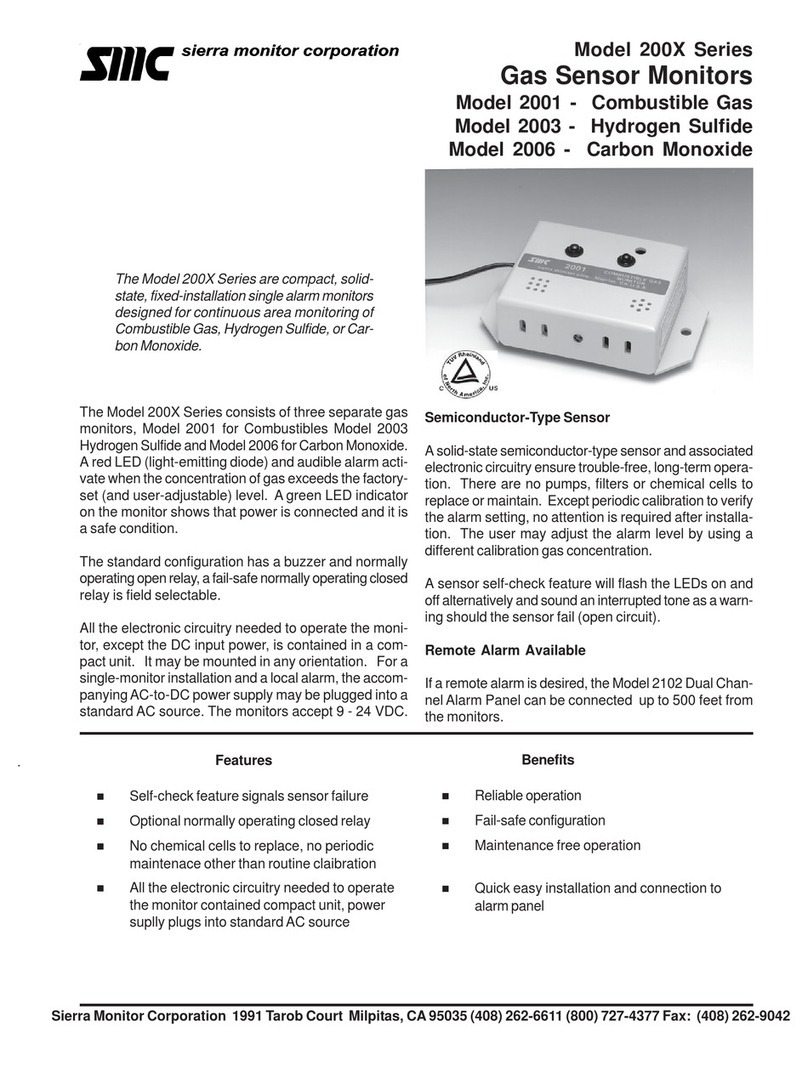
Sierra Monitor Corporation
Sierra Monitor Corporation 200X Series User manual
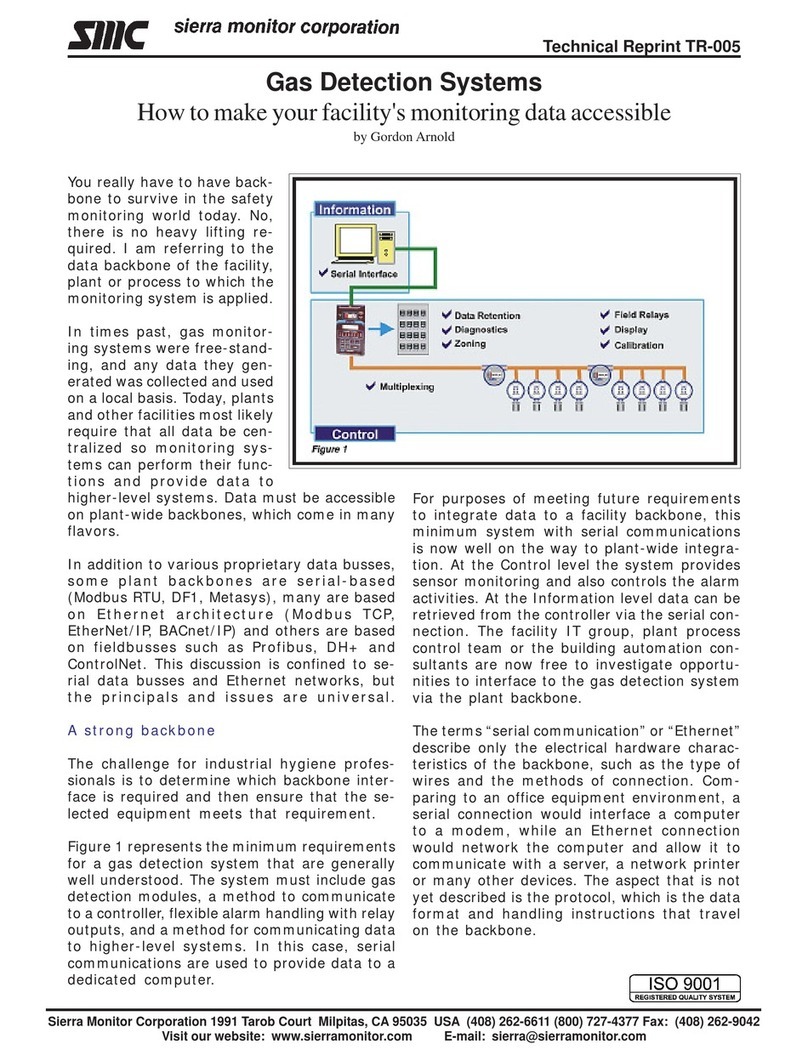
Sierra Monitor Corporation
Sierra Monitor Corporation TR-005 User manual

Sierra Monitor Corporation
Sierra Monitor Corporation Gas Sensor Modules 4101 User manual

Sierra Monitor Corporation
Sierra Monitor Corporation Gas Alarm Panel 2102 User manual
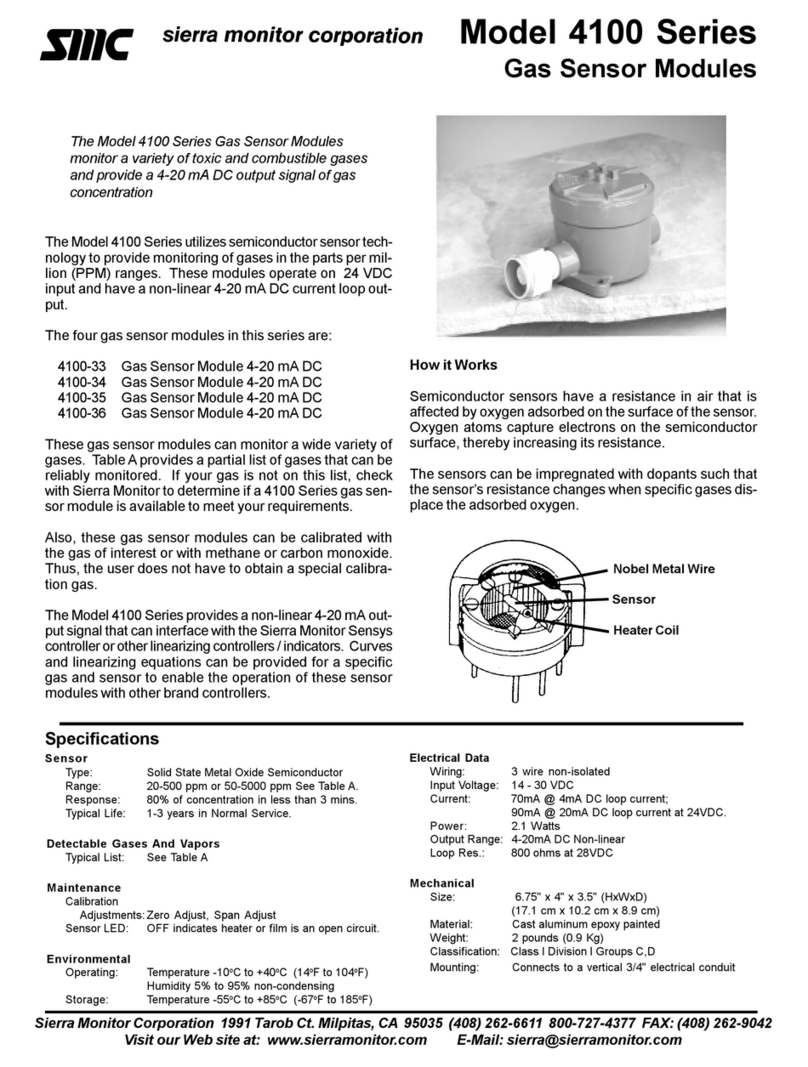
Sierra Monitor Corporation
Sierra Monitor Corporation 4100 Series User manual
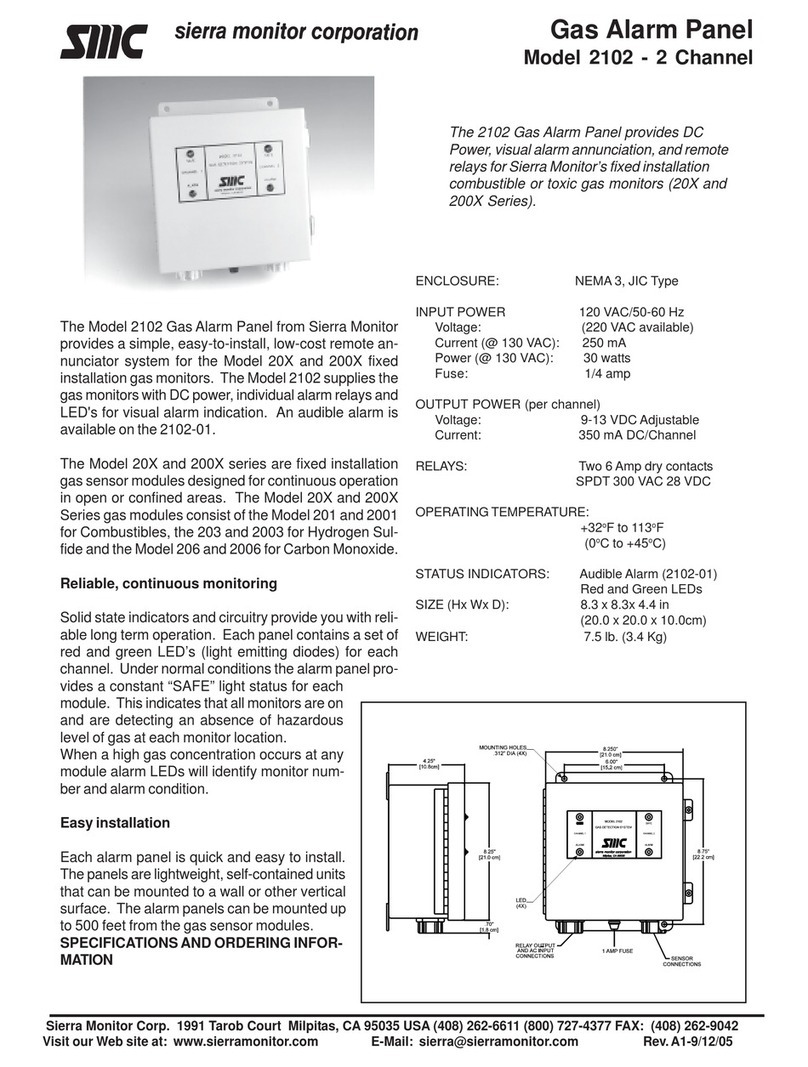
Sierra Monitor Corporation
Sierra Monitor Corporation Gas Alarm Panel 2102 User manual
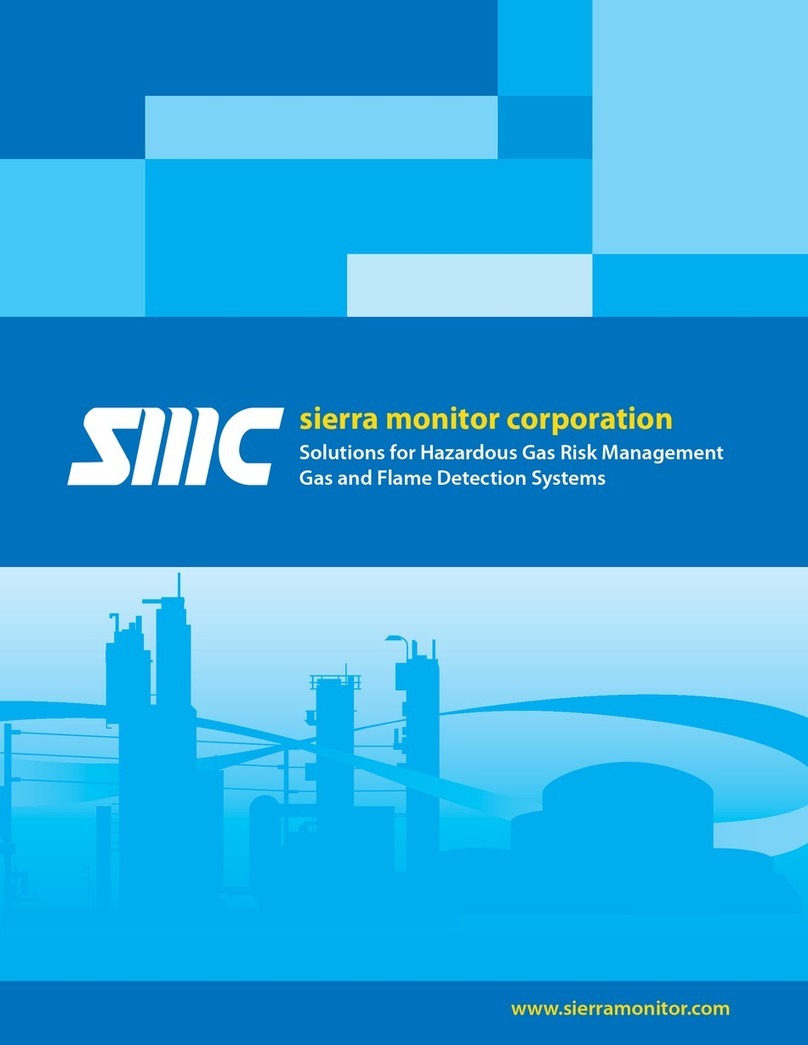
Sierra Monitor Corporation
Sierra Monitor Corporation IT Series User manual
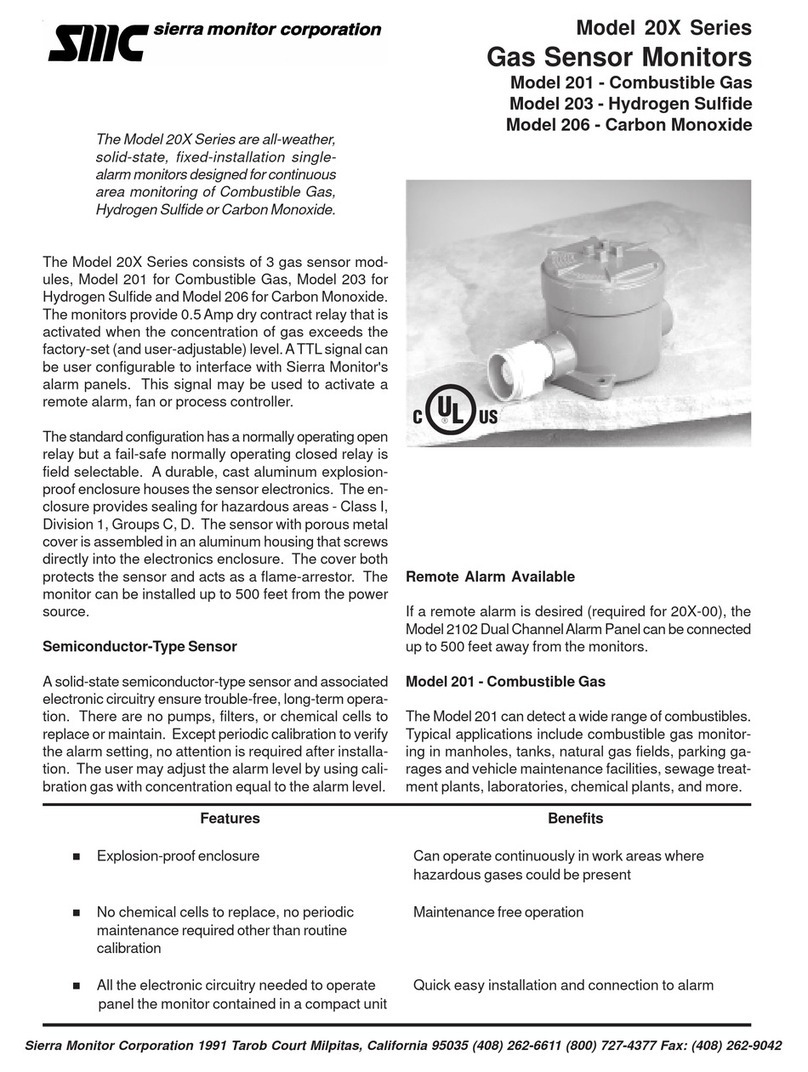
Sierra Monitor Corporation
Sierra Monitor Corporation 201 User manual
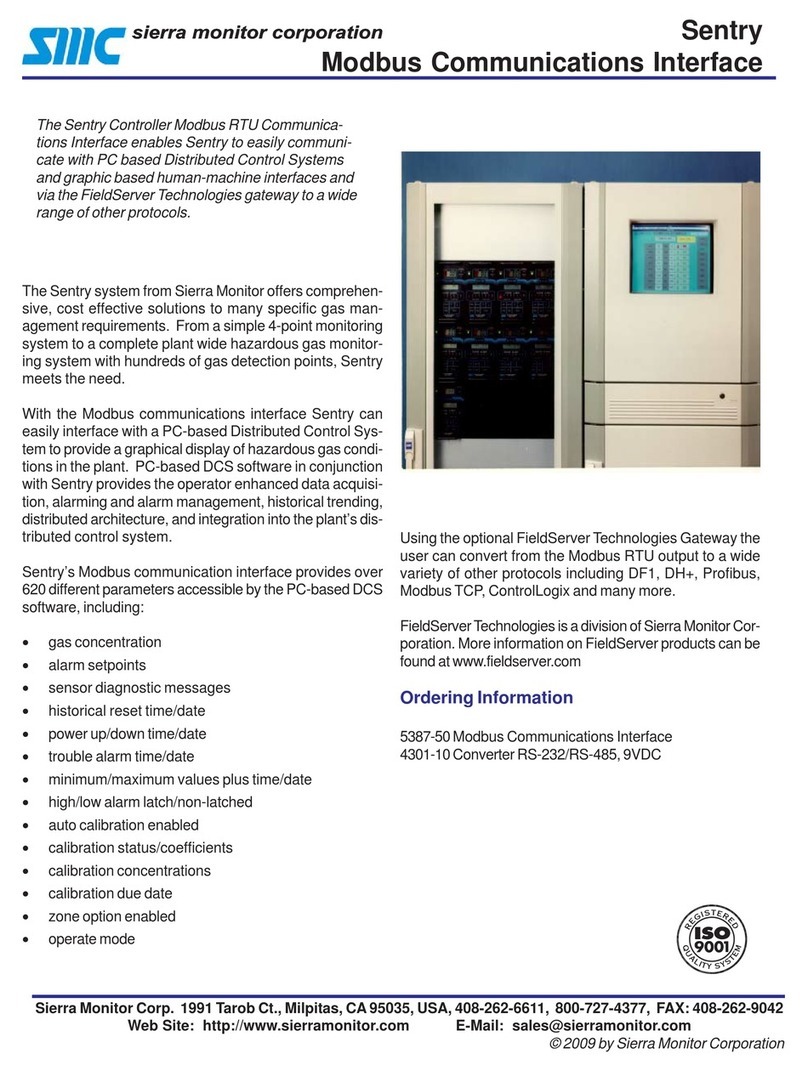
Sierra Monitor Corporation
Sierra Monitor Corporation Modbus Communications Interface User manual
